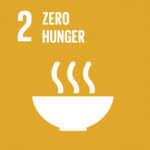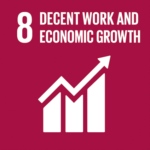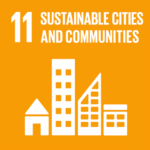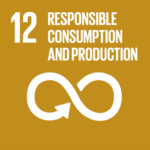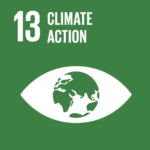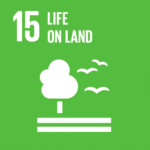A container full of animal feed – fly pupae grown on waste potatoes can be used as feed for chickens or fish
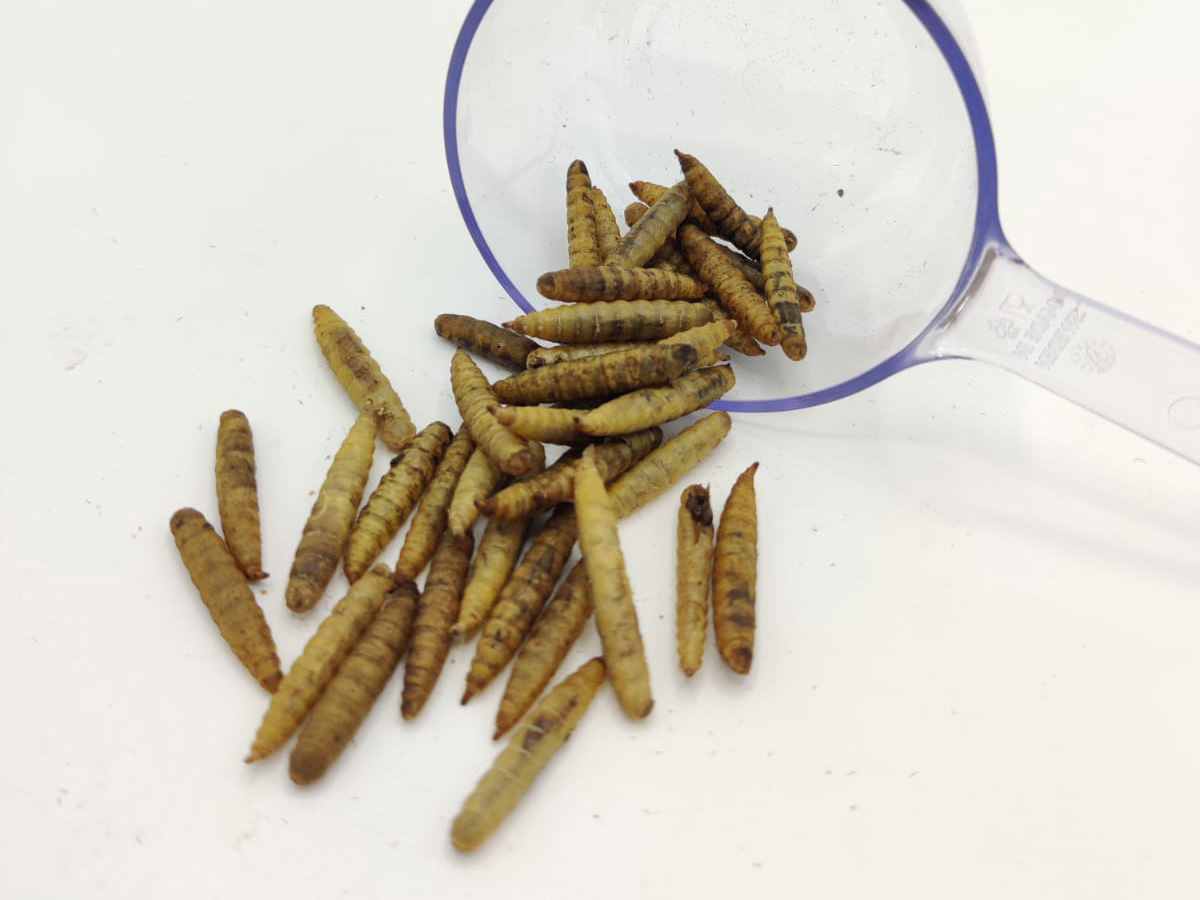
Case - Published 30.9.2022
Manna Insect Ltd grows black soldier fly larvae in containers. The larvae become animal feed, and the by-product of the production is fertiliser.
Manna Insect, a start-up company, based in Oulu, raises black soldier fly larvae in containers. The aim is to develop a production method for animal feed that can be used even as an export product. There is a growing market for sustainably produced feed to replace soya and fish.
“To replace soya, the end product cannot be more expensive than soya. We are testing in practice whether it is profitable to produce and sell larvae on a small scale”, says Ykä Marjanen, CEO of Manna Insect.
A by-product of animal feed production is frass, a fertiliser grade material consisting of insect excrement, dead insects, and uneaten food.
Manna Insect has received funding to develop this production method from the Nutrient Recycling Pilot Programme.
The larvae are suitable as feed
Raising black soldier fly larvae for animal feed is a newish concept. Pioneering efforts started a decade ago. Large-scale plants have been set up around the world, but there has been no small-scale production so far.
Manna Insect started rearing larvae in 2018. Commercialising the process of growing them in containers has been tested for the past couple of years. The aim is to develop a method suitable for feed production on animal farms.
As such, the larvae are suitable for animal feed. According to Marjanen, the feed is particularly ideal for chickens. Fish farms are another potential user: “There are certain species, such as salmon and catfish, for which the larvae are suitable as food and one can also feed them live.”
The oil can be extracted from the larvae if animal feed needs preservation.
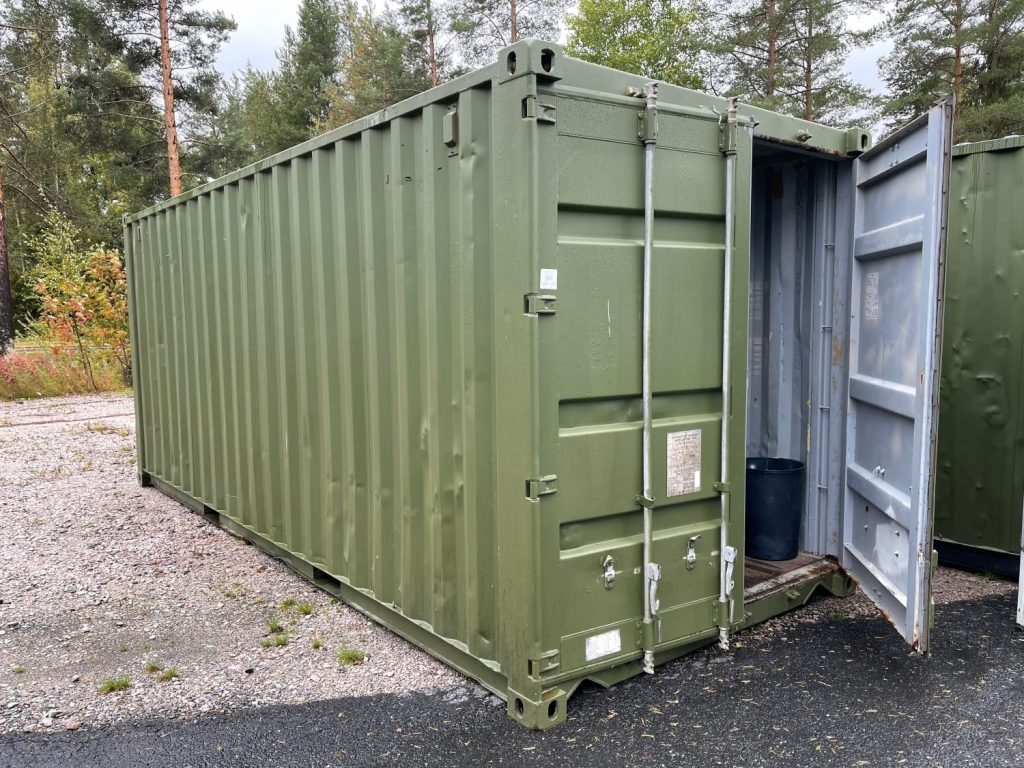
Conditions optimised with intelligent control
Manna Insect has four containers, and a fifth is on the way. The containers are in the municipality of Kempele near the Tyrnävä border.
The conditions in the containers have been optimised with intelligent control.
“The container is an intelligent, controlled environment for rearing the larvae. If you want to optimise production, the larvae are surprisingly sensitive to the conditions,” says Marjanen.
The temperature and humidity in the containers are kept constant. For example, air circulation, oxygen levels, and lighting are also optimised.
It takes two weeks to grow a single batch of larvae.
“One tonne of potatoes yields 150 kilos of larvae. They are roughly equivalent in nutritional value to a hundred kilograms of soybean feed.”
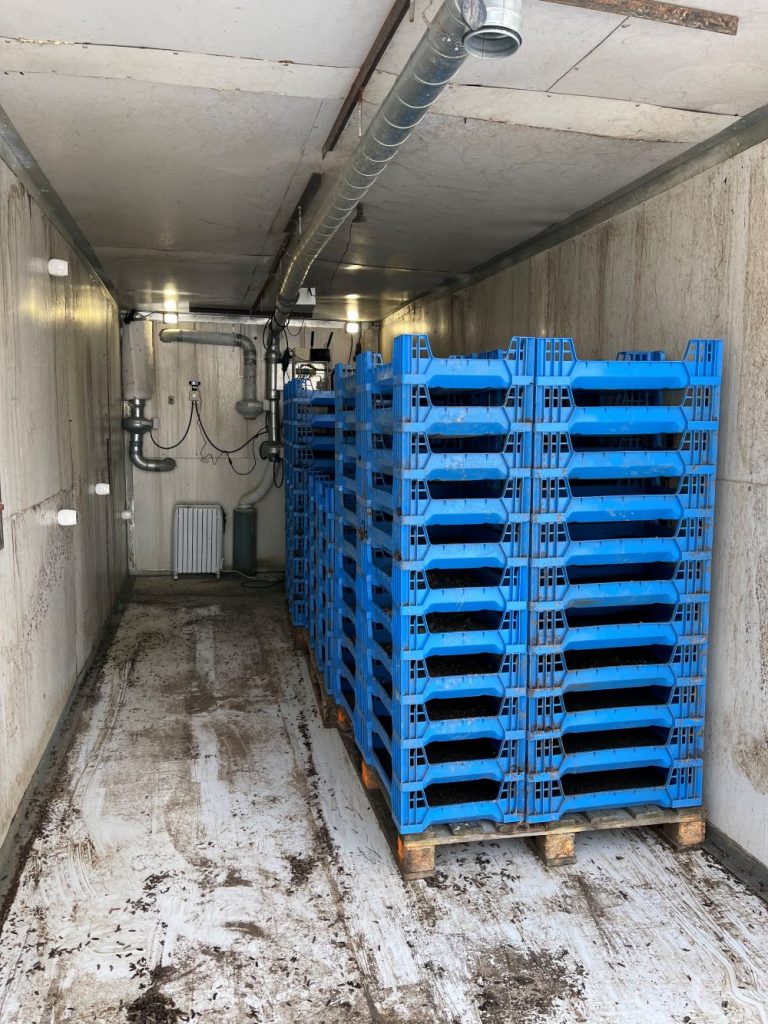
Potatoes or other waste food for the larvae
Potatoes were chosen for the larvae’s menu because potato waste was readily available in the Tyrnävä region. The black soldier fly larvae are omnivorous. As well as potatoes, one can feed them with surplus from the fruit and vegetable section of shops, for example.
Manna Insect buys its potatoes from local food and seed potato farms. There is an industry, which utilises waste potatoes in Finland, but because of the long transport distances, it is more profitable for potato producers to sell their potatoes locally.
“The potatoes that come to us look the same as the ones we buy in the shops, but they are too big, small, or ugly to sell”, says Marjanen.
Manna Insect has obtained a patent for the developed technology, and the export prospects are promising.
“After a month, we will leave for Kenya, where a partner company will set up a production plant in a container. We export containers also to India and Indonesia”, says Marjanen.
“In the West, the starting point for this kind of production is sustainable development. In developing countries, food availability and feed quality come first.”
Are you harbouring your own business idea?
Read more about the Nutrient Recycling Pilot Programme (in Finnish).
For help in applying for funding for innovations, the ProAgria Centres Association’s Nutrients and Energy in Agriculture project (in Finnish) is available.
Also, visit Energiatehokkasti.fi (in Finnish) or information on current events, nutrient recycling, and energy.
Agenda2030
Manna Insect’s work focuses on the following Sustainable Development Goals, among others: 2 No hunger, 8 Decent work and economic growth, 11 Sustainable cities and communities, 12 Responsible consumption, 13 Climate action, 15 Life on Earth.

